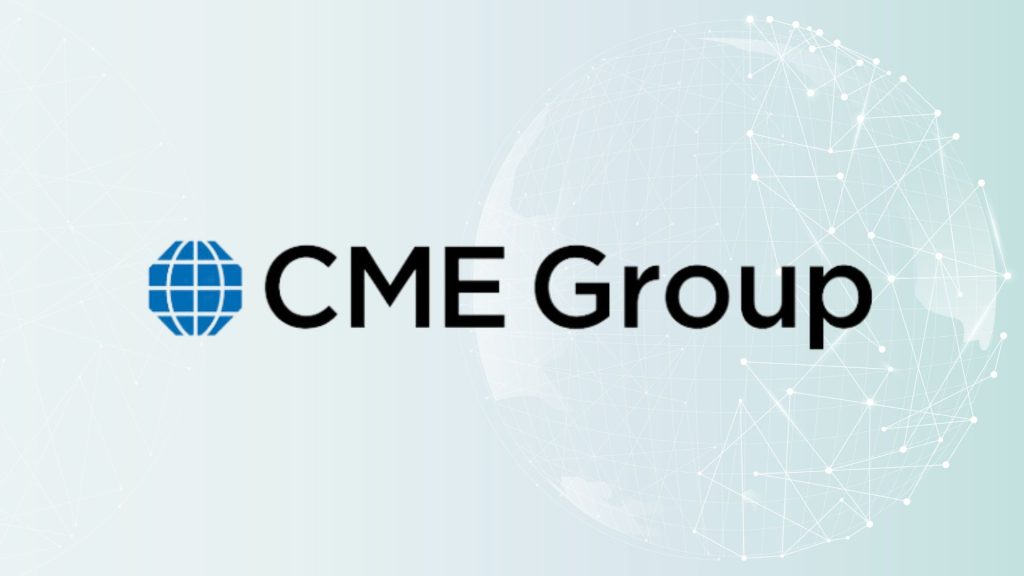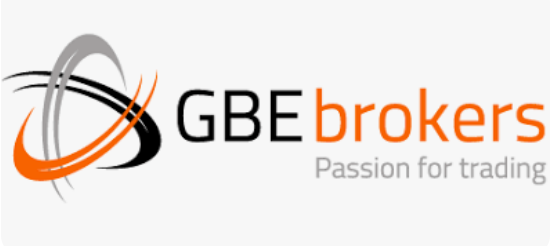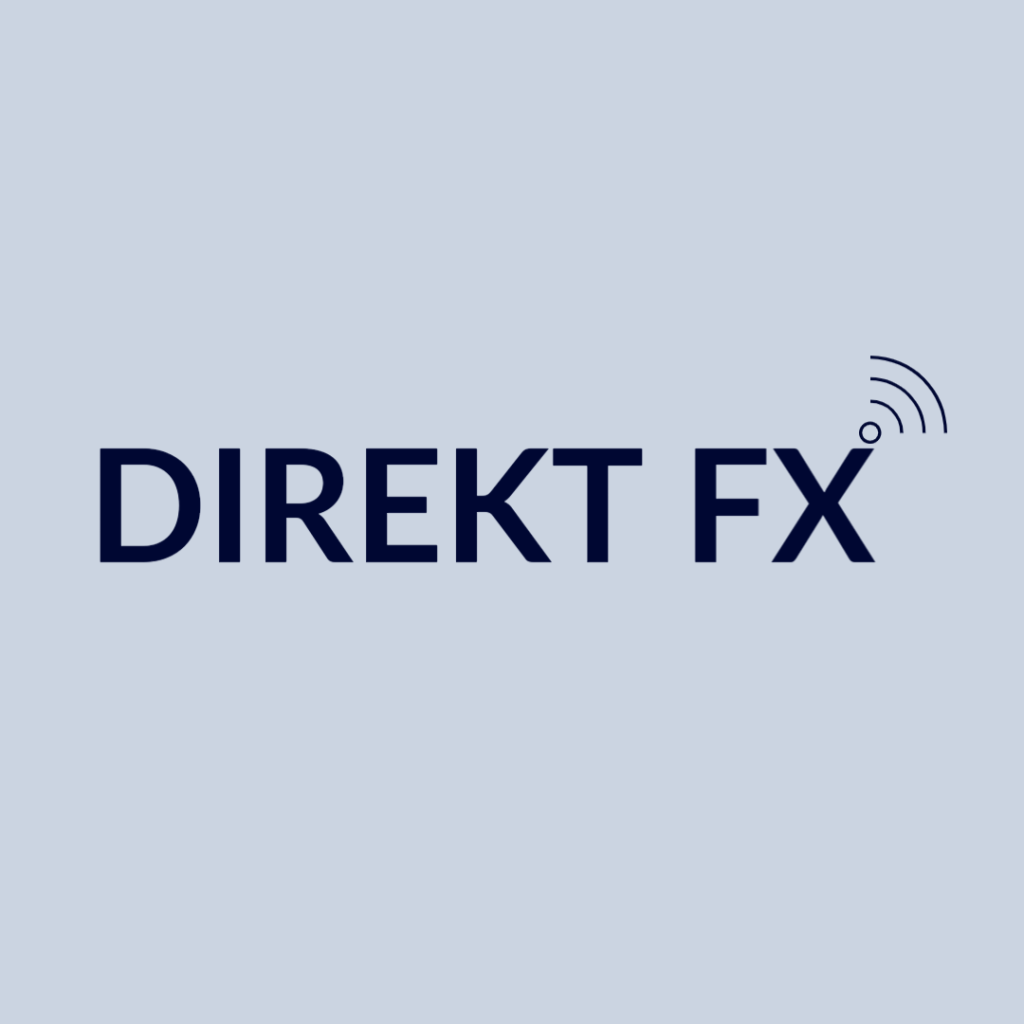
CME Group Brings New MEP Ratio in 5- and 10-Year Treasury Notes Futures
CME Group has activated a new volume ratio requirement under its Messaging Efficiency Program (MEP) for Treasury futures. The change applies to 5- and 10-Year Treasury Note futures. It aims to promote responsible messaging practices during the Treasury futures roll period.
Background
The Messaging Efficiency Program (MEP) controls excessive order messaging on CME Globex. It sets limits on the ratio between orders entered and actual trades executed. Monitoring these ratios helps reduce system strain and prevent disruptive market behavior. Volume ratio controls are important because they ensure market participants submit orders efficiently rather than flooding the system with high message traffic and low execution rates.
About the New Activation
The new requirement applies to 5- and 10-Year Treasury Note futures. It is enforced during the last 10 trade dates before First Notice Day in each roll period. Firms submitting more than 5 million Order Entry Quantity per day in these product groups must meet a ratio of 3,000 or less between Order Entry Quantity and executed trades. It ensures that order activity aligns more closely with actual trading interest.
Penalties for Non-Compliance
If a CME Globex Firm ID exceeds the 3,000:1 benchmark, it will face a daily surcharge of $10,000. A second surcharge within the same month and in the same product group will be escalated to CME Market Regulation for further review. These penalties are meant to deter repeated breaches and encourage compliance.
Ongoing Rules
Alongside this new Treasury futures roll scoring ratio, all other existing MEP volume ratios remain in force. Market participants must continue to meet those requirements and also follow the additional Treasury roll-specific ratio.
Benefits for Users
This update will offer these benefits:
Efficient Order Flow
The new ratio ensures that firms place orders more thoughtfully. Traders and investors benefit from cleaner order books with fewer excessive or unnecessary messages.
Improved Market Transparency
CME Group reduces noise in the market by limiting order-to-trade ratios. It helps participants see genuine trading interest more clearly.
Lower Risk of System Congestion
High message traffic can slow down trading systems. The rule reduces this risk and lets investors execute trades more smoothly during roll periods.
Stronger Market Discipline
The surcharge and escalation process discourages inefficient behavior. It creates a fairer trading environment where disciplined strategies are rewarded.
Stable Roll Periods
The last 10 trade dates before First Notice Day are crucial. Traders and investors face less disruption and can plan roll strategies with greater confidence with tighter controls.
About CME Group
CME Group is a diverse derivatives marketplace. It offers innumerable futures and options products for risk management. Its exchanges — CME, CBOT, NYMEX, and COMEX — provide multiple global products across all major asset classes. It includes futures and options based on interest rates, equity indexes, foreign exchange, energy, agricultural commodities, metals, weather, and real estate.
Summing Up
CME Group is tightening oversight during the Treasury futures roll period. The rules target firms with high order volumes and ensure their messaging remains efficient. The move strengthens market discipline and helps maintain orderly trading conditions.
Register your company now and get featured on our homepage!





